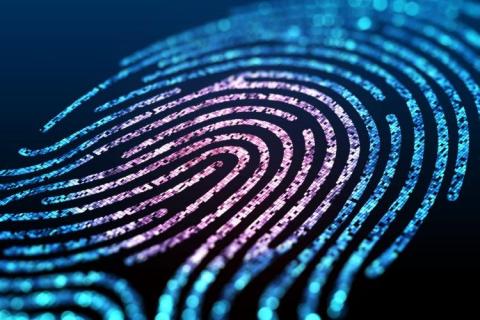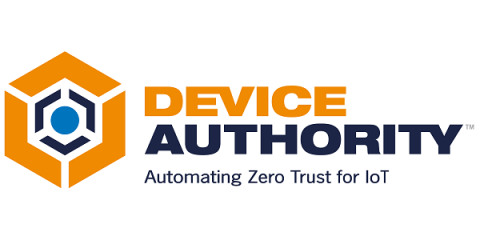Featured Post
Why Identity is the Cornerstone of a Zero Trust Architecture
As organisations continue to embrace digital transformation to gain access to the cloud's many benefits, this means that computing environments are evolving into borderless IT ecosystems. Digital identities are also evolving at pace and identity security is now a crucial aspect of cybersecurity. As we continue to digitally transform organisations, so the importance of secure and reliable digital identities has grown. 2024 is poised to usher in a multitude of innovations and trends in this area, ranging from advanced biometrics to the integration of artificial intelligence and machine learning to meet the changing needs of businesses, individuals, and governments.





